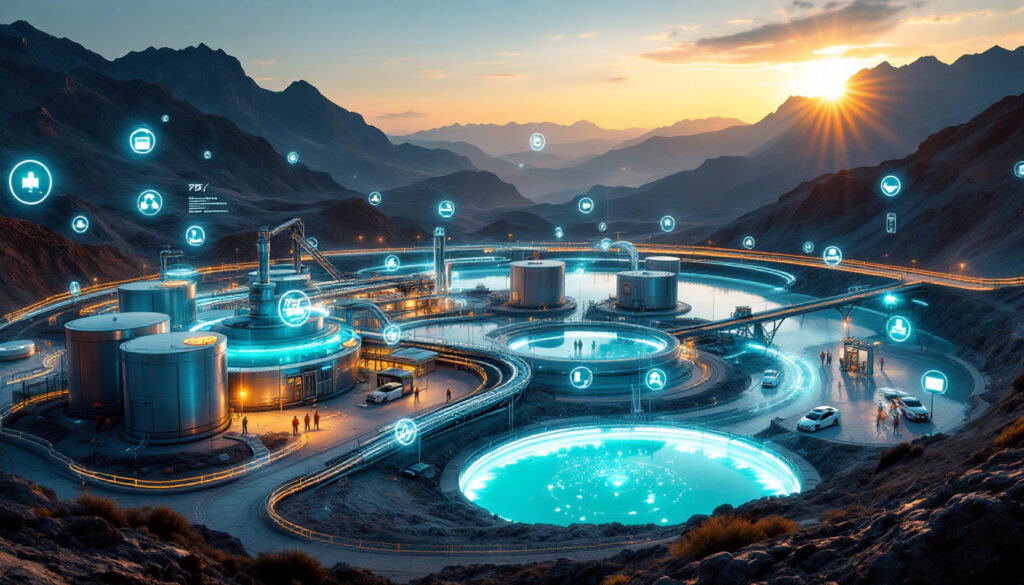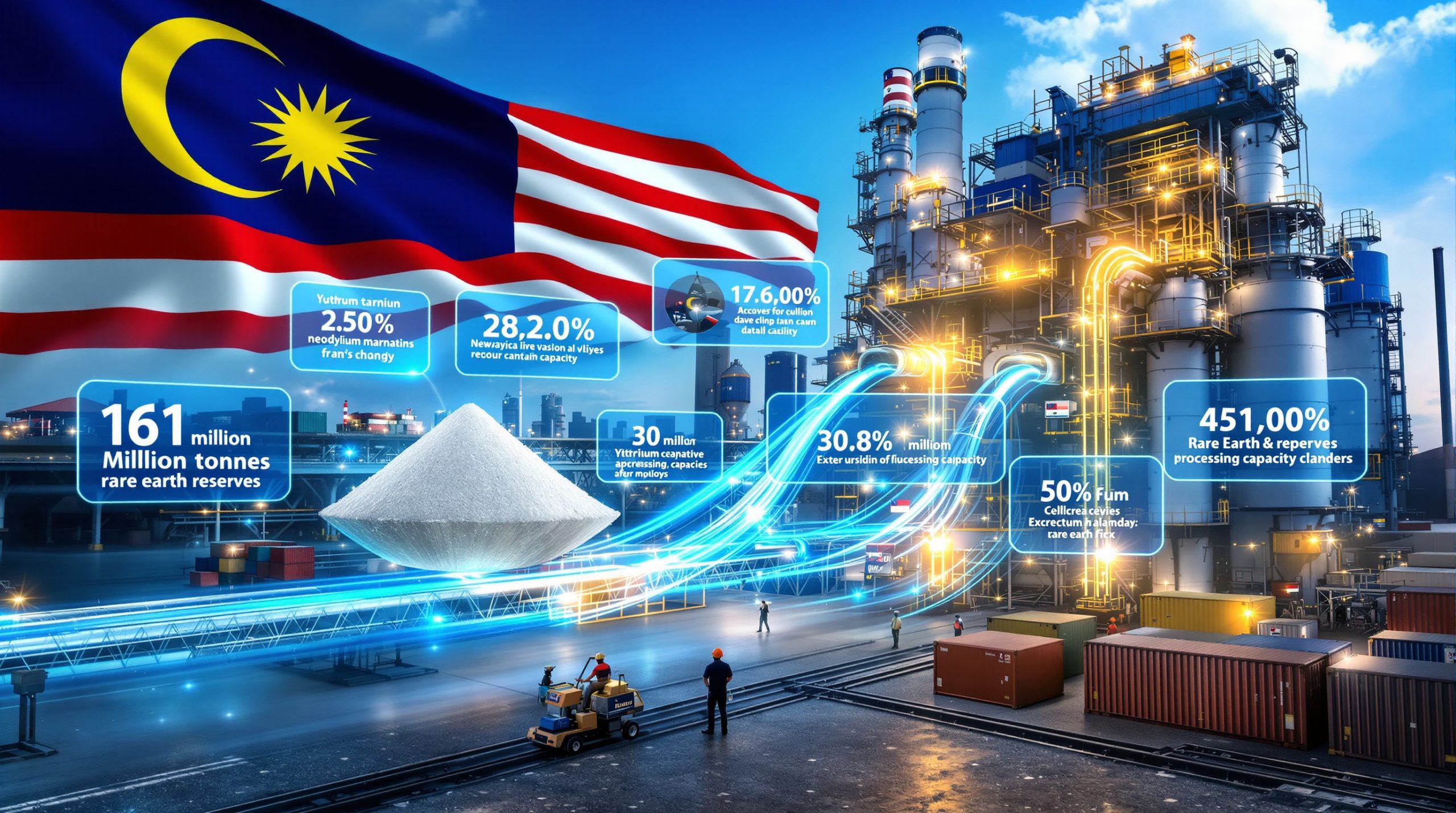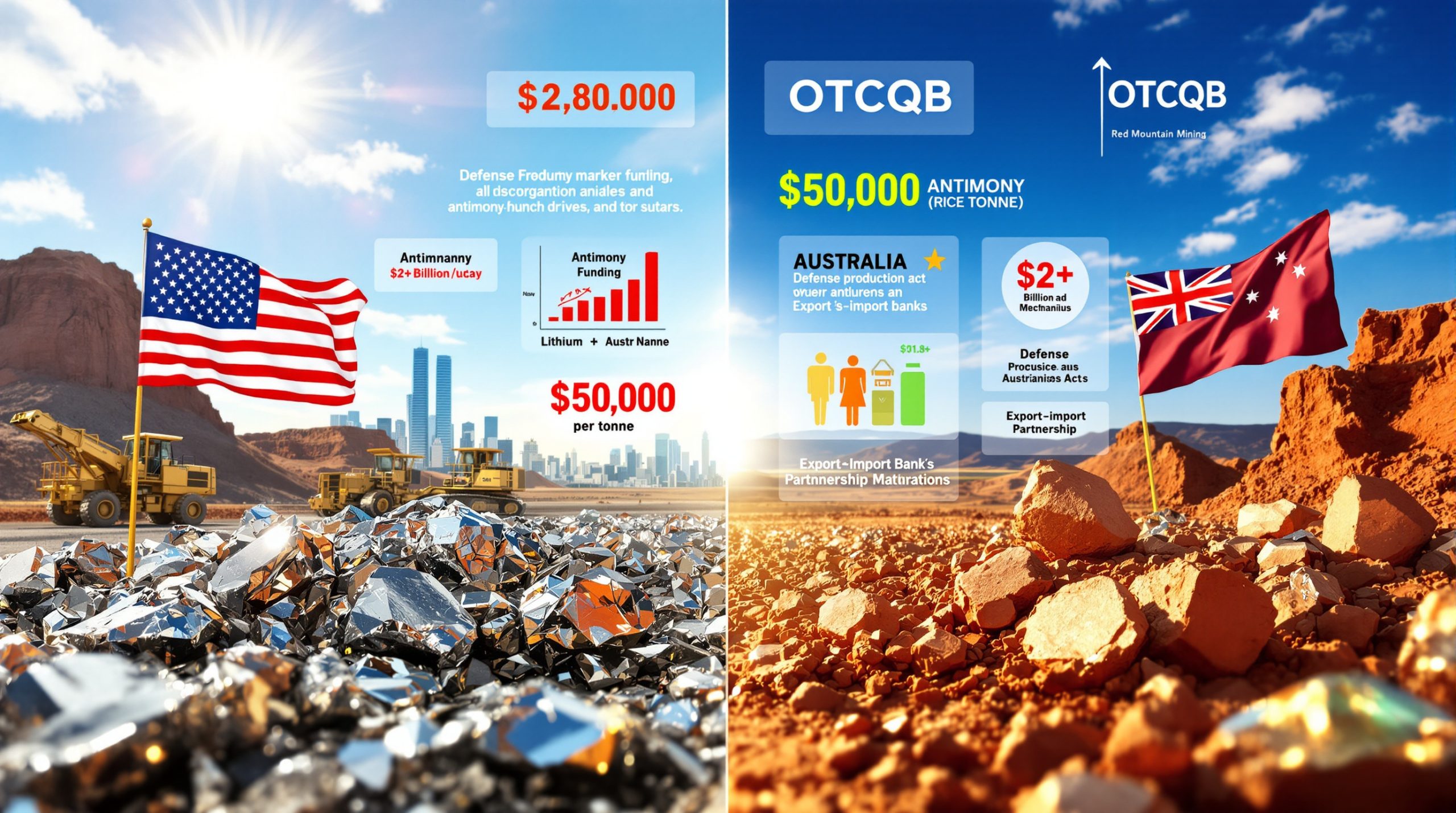What Is Driving Lithium Industry Consolidation?
The lithium industry stands at a pivotal juncture, shaped by geopolitical shifts, technological innovation, and evolving market dynamics. Projected supply surpluses until 2028–2032 contrast with sustained demand growth driven by electric vehicles (EVs) and energy storage systems. The consolidation of the lithium industry is accelerating as producers grapple with price volatility, supply chain vulnerabilities, and the need for sustainable practices. Direct Lithium Extraction (DLE) and recycling technologies are reshaping production economics, while regional policy shifts and vertical integration strategies redefine global supply chains. This report examines the forces driving consolidation, the transformative role of technology, persistent challenges, and strategic opportunities for stakeholders in a rapidly evolving sector.
Market Fluctuations and Supply-Demand Balance
The lithium market faces a projected supply surplus until 2028–2032, despite robust demand growth of 20–25% annually from the EV sector. This surplus stems from accelerated mining investments during the 2020–2025 price surge, coupled with slower-than-expected adoption rates in secondary markets. Price pressures have intensified, with lithium carbonate spot prices fluctuating between $15,000 and $25,000 per metric ton since 2023, squeezing profit margins for high-cost producers.
The EV sector remains the primary demand driver, accounting for 65–70% of global lithium consumption as of 2025. China dominates this market with 55% of global EV production, followed by Europe (20%) and the U.S. (15%). Energy storage systems (ESS) emerge as a critical secondary market, projected to capture 15–20% of lithium demand by 2030 due to renewable energy integration policies.
François-Michel Colomar of Adionics notes that "large-scale storage systems supporting grid resiliency represent a market poised for exponential growth," highlighting the sector's diversification beyond automotive applications. These developments have significant implications for Australia's lithium ambitions in the global marketplace.
Geopolitical Factors Reshaping Supply Chains
Recent U.S. tariff policies impose a 25% levy on lithium-ion battery imports from Asia, disrupting traditional supply networks reliant on Chinese processing capacity. This has accelerated domestic manufacturing initiatives, with the Inflation Reduction Act allocating $7 billion for North American lithium processing infrastructure through 2030. Governments are streamlining permitting processes for "critical mineral" projects, reducing approval timelines from 5–7 years to 2–3 years in jurisdictions like Canada and Australia.
National security concerns are reshaping investment patterns, with the EU Critical Raw Materials Act mandating that 30% of lithium demand be sourced domestically by 2030. This geopolitical repositioning has redirected $12 billion in capital toward lithium projects in North America and Europe since 2023, while Asian investments focus on recycling infrastructure to maintain market dominance. Furthermore, recent commodity super-cycle insights suggest profound impacts on global supply chains.
How Is Technology Transforming Lithium Production?
Direct Lithium Extraction (DLE) Technologies
DLE adoption has grown by 40% annually since 2022, reducing water usage by 70% and energy consumption by 50% compared to conventional evaporation ponds. These systems achieve lithium recovery rates of 80–90% versus 40–50% for traditional methods, making previously marginal brine resources economically viable. The technology has enabled commercial production in regions like Germany's Upper Rhine Valley, where lithium concentrations of 200 mg/L were previously considered uneconomical.
Cost structures have improved dramatically, with DLE operations reporting production costs of $3,500–$4,500 per ton compared to $5,000–$7,000 for hard rock mining. This shift is democratizing lithium production, with 15 new DLE-based projects announced in 2024 across Argentina, Chile, and the U.S. Additionally, innovative lithium production techniques continue to reshape the industry landscape.
Lithium Recycling and Urban Mining
Recycling capacity is projected to meet 15–30% of global lithium demand by 2035, up from just 5% in 2025. Advanced hydrometallurgical processes now recover 95% of lithium from battery black mass, compared to 60–70% from pyrometallurgical methods. The EU's Battery Passport regulations, requiring 70% recycled content in new batteries by 2030, have spurred $4 billion in recycling infrastructure investments since 2023.
Pilot plants in South Korea and Germany demonstrate closed-loop systems where recycled lithium meets battery-grade specifications (99.5% purity). These developments create "second-life" opportunities, with recycled lithium selling at 20–30% discounts to primary sources while maintaining 98% performance equivalence. In parallel, lithium ore processing advances are helping maximize resource utilization and recovery rates.
What Challenges Does the Lithium Industry Face?
Supply Chain Vulnerabilities
Regional concentration persists, with 60% of lithium processing capacity located in China as of 2025. Shipping delays through chokepoints like the Panama Canal have increased logistics costs by 15–20% since 2023, while feedstock quality inconsistencies cause 5–7% production yield losses industry-wide. Regulatory divergences compound these issues—for instance, EU battery carbon footprint regulations add $50–$75 per kWh in compliance costs for non-integrated producers.
According to industry analysts at Benchmark Minerals Intelligence, the consolidation trend is accelerating among Chinese producers seeking to leverage economies of scale amid falling lithium prices.
Market Uncertainty Factors
Price volatility remains acute, with lithium hydroxide spot prices showing 30–40% annualized fluctuations since 2022. This uncertainty delays final investment decisions, particularly for greenfield projects requiring 5–7-year payback periods. Compounding this, sodium-ion battery commercialization could displace 10–15% of lithium demand in stationary storage markets by 2030. Consumer preferences further complicate forecasting, as EV buyers increasingly prioritize vehicles with 400+ mile ranges—requiring 25–30% more lithium per battery pack.
How Will Industry Consolidation Reshape the Lithium Landscape?
Merger and Acquisition Trends
The sector witnessed $28 billion in M&A activity during 2024, dominated by vertical integration deals combining mining assets with midstream processing. A notable transaction includes Albemarle's $3.2 billion acquisition of a Brazilian lithium converter, securing 50,000 tons/year of hydroxide capacity. Cross-border JVs like the Chile-Germany lithium hydroxide plant (2026 operational) exemplify strategies to bypass trade barriers, combining Chilean brines with German DLE technology.
As Bloomberg reports, the ongoing price slump is forcing unprofitable miners to cut costs or exit the market entirely, creating opportunities for stronger players to consolidate assets at attractive valuations.
Regional Production Shifts
North American lithium production capacity is projected to triple by 2028, reaching 300,000 tons annually through DLE and clay-based projects. The EU's "Critical Minerals Club" initiative has secured 35 lithium supply agreements with African nations since 2023, while Indonesia leverages nickel-cobalt co-production to capture 10% of the lithium hydroxide market by 2030. These shifts are being facilitated by mining digital transformation initiatives that improve operational efficiency and resource management.
What Does the Future Hold for Lithium Industry Stakeholders?
Strategic Positioning Opportunities
Sustainability metrics are becoming market differentiators, with carbon-neutral lithium commanding 10–15% price premiums since 2024. Blockchain-enabled supply chain tracking, adopted by 40% of major producers, enhances transparency for ESG-focused investors. Circular economy participation unlocks new revenue streams—recyclers partnering with automakers report 20–25% higher margins through closed-loop service contracts.
Investment Considerations
DLE projects show 18–22% IRR advantages over conventional mining, driven by lower capex ($8,000 vs. $12,000 per ton capacity). Recycling infrastructure offers 30–35% ROIC potential due to government subsidies and feedstock security. Investors increasingly favor integrated producers, with vertically positioned firms outperforming pure-play miners by 15–20% in stock returns since 2023. The consolidation of the lithium industry will likely continue to create winners and losers among existing players.
FAQs About Lithium Industry Consolidation
How will lithium prices be affected by industry consolidation?
Consolidation may stabilize prices near $18,000–$22,000/ton through 2030 as integrated operators optimize production. However, DLE scalability and recycling advances could exert long-term downward pressure, potentially reaching $12,000–$15,000/ton by 2035.
Which regions are likely to benefit most from lithium industry restructuring?
North America and the EU are positioned to capture 40% of global lithium processing by 2030 via policy incentives. Resource-rich nations with DLE adoption, like Argentina and Zimbabwe, could increase mining royalties by 50–70% through value-added exports.
What role will recycling play in the consolidated lithium industry?
Recycling may supply 30% of lithium demand by 2035, reducing primary extraction needs by 25%. Advanced recovery systems enable 95% closed-loop battery material reuse, cutting cradle-to-gate emissions by 60%.
How might battery technology changes impact lithium demand?
While solid-state batteries may increase lithium intensity per kWh by 20%, sodium-ion adoption in stationary storage could offset 15–20 million tons of demand by 2040. Net lithium demand is still projected to grow 4–5x 2025 levels through 2050, even as the consolidation of the lithium industry continues to reshape global supply dynamics.
Looking to Gain an Edge in Lithium Investments?
Discover significant ASX lithium announcements before the market with Discovery Alert's proprietary Discovery IQ model, which transforms complex exploration data into actionable investment insights. Explore how major mineral discoveries can yield substantial returns by visiting Discovery Alert's discoveries page and begin your 30-day free trial today.




